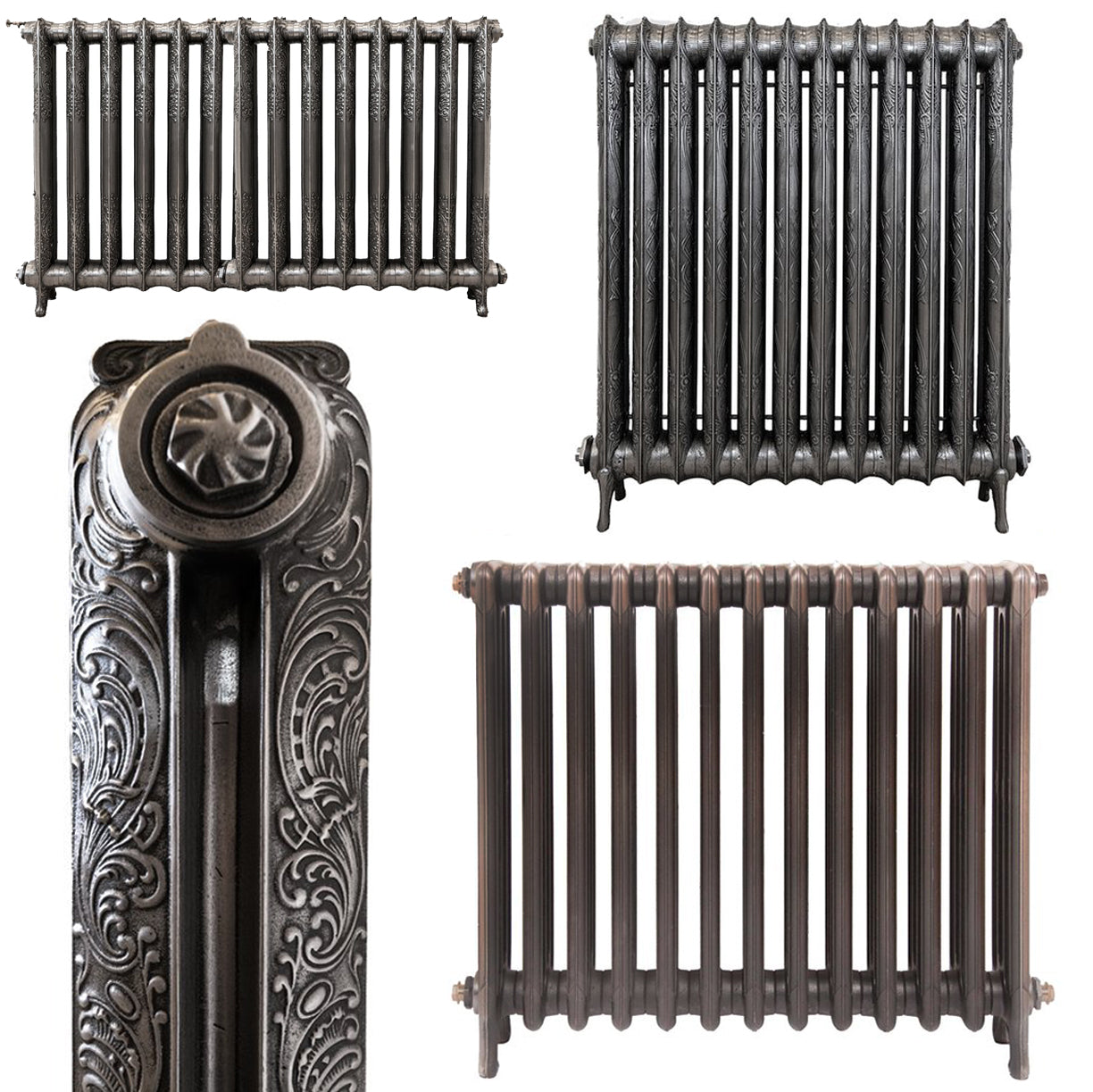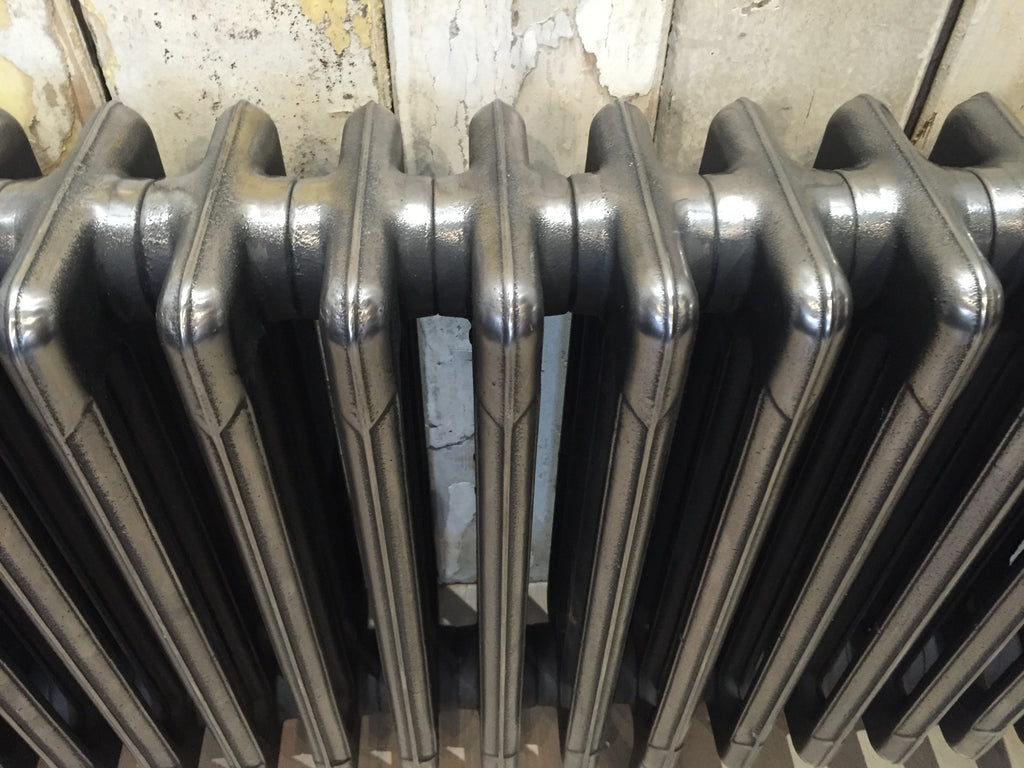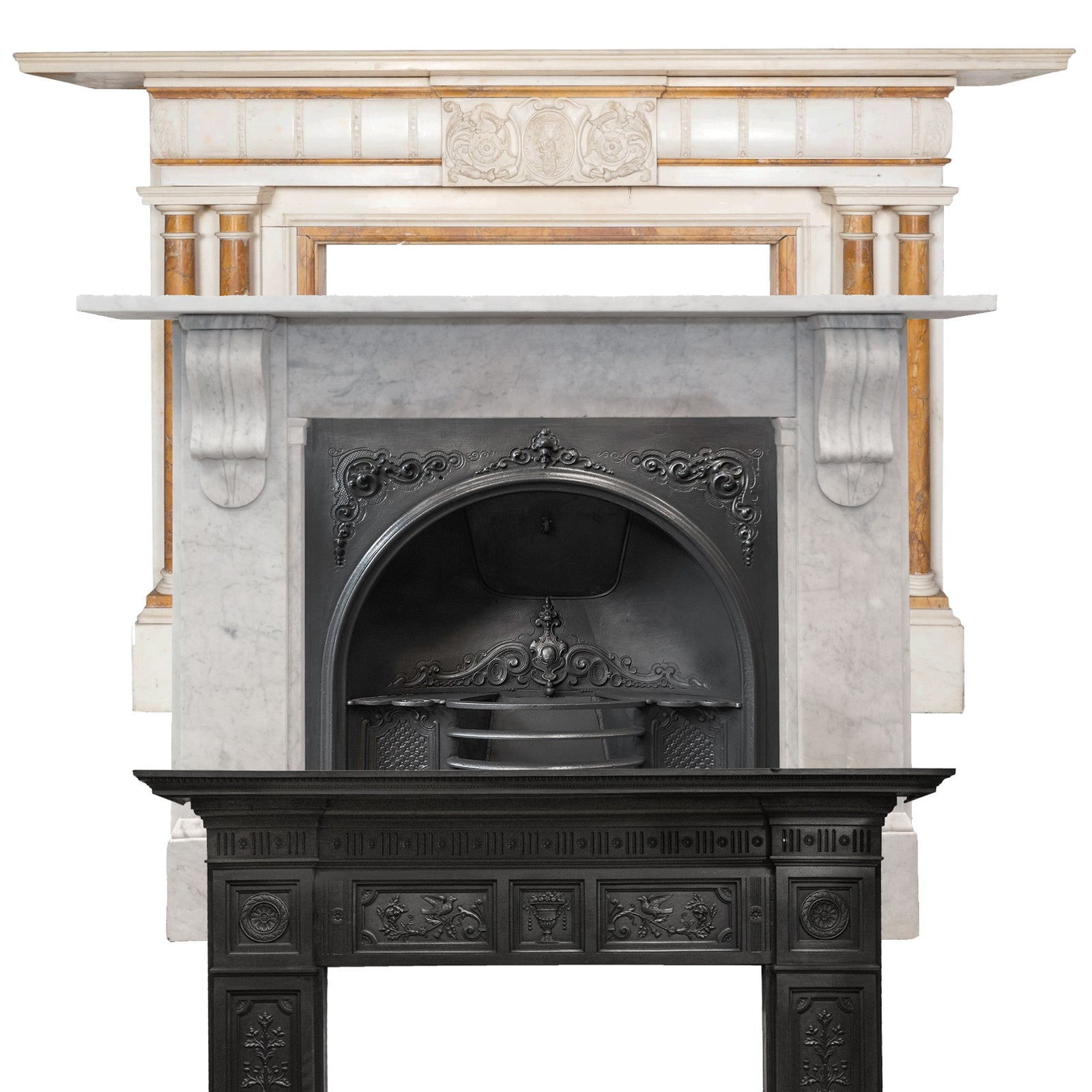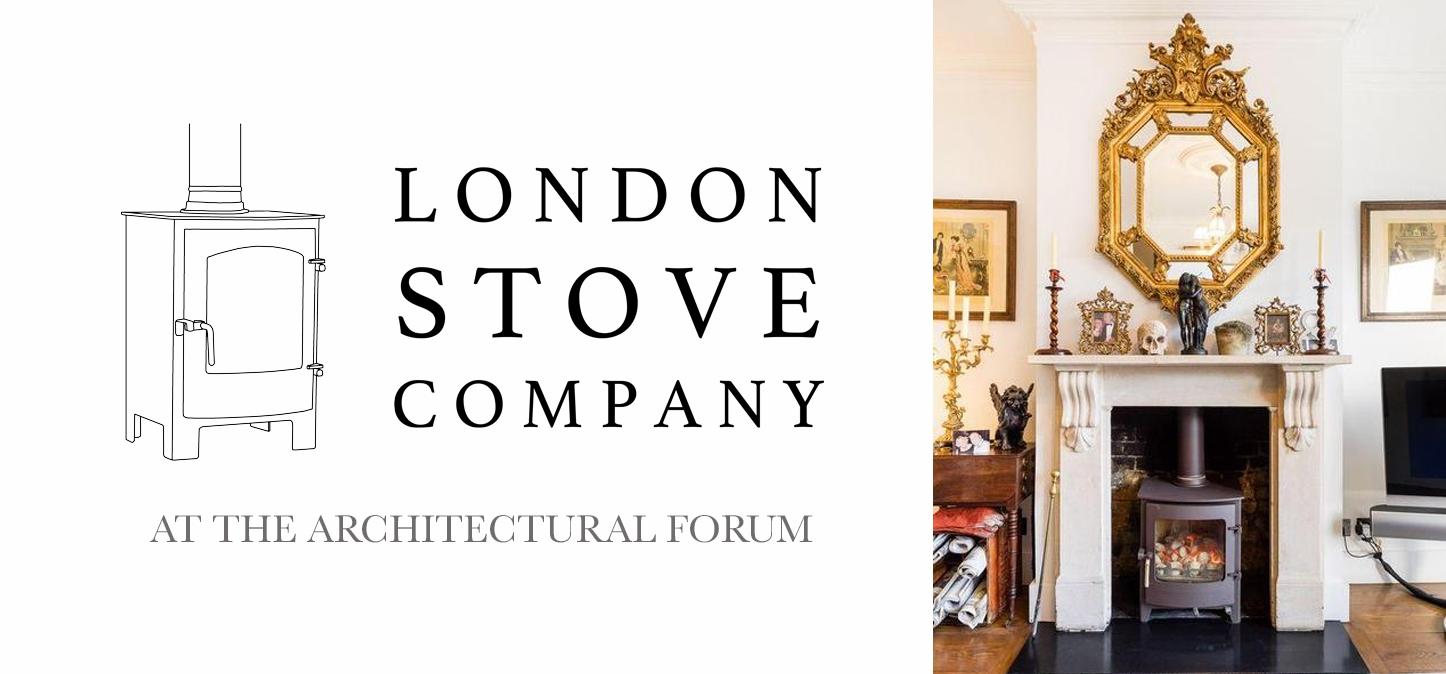
Whether you’re renovating a period home and want to reinstate original features, or you simply love the look of them, deciding that you want cast iron radiators is only the first of many decisions!
When you visit our showroom to enquire about reclaimed radiators, we’ll have a chat and consultation to find out exactly what you need and want for your home, to ensure that at the end of the process you have the perfect radiators installed.
You may also want to collect a few examples of what you’ve seen and liked in other people’s houses, or perhaps interiors featuring cast iron radiators on blogs or design websites, to help you get a better idea of exactly the look and style you want to go for.

What size of Radiator do I need?
First of all, we will ask you for the dimensions of each room that you require a radiator for. We need the length, width and height. Once we have these measurements in feet, we multiply them by each other, and then multiply the total by 5. This gives us the ideal BTU output for the room. BTU stands for British Thermal Unit, and is the unit of energy traditionally used to measure heating output.
So the equation to work out the BTUs for each room looks like this:
(L x W x H) x 5 = BTU requirement
We have an impressively detailed folder compiling the BTU output of all types and sizes of radiators, painstakingly put together by Thornton Kay at Salvo (thanks Thornton).
The BTUs of a radiator depend on the style and the size – precisely, the number of columns and the number of sections. More columns generally means a larger surface area to emit heat, so a higher BTU output. More sections means a larger radiator, and so of course, a higher output too.

What if it has to fit in a confined space?
Many people choose to position their radiators in an out-of-the-way space where it won’t take up too much valuable wall space. So, next we’ll ask you if you’ve thought about where you would like the radiator to be positioned in your room, to find out if there are any size constraints. Often people place radiators underneath windows, which can be good to counteract any drafts or cold air from the window, and also means that the radiator takes up dead space under the window, rather than taking up much-needed wall space.
To some extent the window will dictate the dimensions of the radiator. For instance, if you have a low window, you will of course have to have a low radiator to go underneath. As the radiator is much shorter in height, it will probably have to be deeper and longer (with more sections) to compensate and still achieve the correct BTUs for the room. You may end up choosing a ‘Chubby Churchill’ – take a look on our stock list to see an example.

Most of the time though, only the width of the radiator is concerned. Aesthetically, it tends to look better if the width of the radiator mirrors the width of the window it’s placed underneath. You may find you want to go for a slightly wider radiator than your BTU calculation requires, to get the most pleasing look. This doesn’t mean you’ll be wasting energy or living in a sauna though – you can always simply turn down the radiator!

What are the options on Style and Design?
You also have to think about what style of radiator you want; whether you’d like an ornate, decorative design or a simpler style, whether you like the look of the classic double-column or three-column radiators, ‘Princess’, or ‘hospital’ style radiators. It’s a good idea to keep in mind that you definitely aren’t going to want to change your radiators every time you redecorate your home!
We always keep a wide selection in our showroom, so you can browse the different styles up close and pick which one suits your home the best. We have a very large range of reclaimed radiators at our yard, waiting to be restored, so it is very unlikely that we won’t be able to provide your preferred style and size.

Can I reply on these old radiators?
All our reclaimed radiators are fully restored, pressure tested, and ready to be connected to a modern heating system with standard 15mm valves. We receive original radiators in various conditions, but we always do a thorough, methodical job of refurbishing. It is also very important to get a trusted professional to fit the radiators properly. You will most likely have to change your piping slightly to accommodate the cast iron radiators, as they tend to sit slightly further out from the wall than modern radiators. Our cast iron radiators also need 2.5″ extra space between the pipes each side, to fit in the valves. If your pipes are already set up and the correct distance from the wall, you’ll need to give us your pipe to pipe measurement so we can work out the required length of the radiator.
Your original, cast iron radiators tend to kick out a lot more heat than modern, steel radiators. Whilst cast iron radiators will generally take longer to warm up, they also take considerably longer to cool down, so they can continue to emit heat for a long time after your central heating is switched off.
What colours and finishes can I have?
Our extensive refurbishment includes stripping every column thoroughly, so they are ready for any finish you may want.
The polished or burnished finish, seen here, is very popular and is especially fitting for the ornately decorated radiators, as it shows off the decoration wonderfully. However, this finish is not suitable for damp areas, particularly bathrooms, as over time the damp atmosphere can cause the radiator to rust. Wherever a polished radiator is situated, you must never place damp clothes or tea towels on it to dry, as this will also cause it to rust.
You can also go for a painted finish, which gives endless possibilities of colour. We treat our radiators with two coats of primer and four coats of paint, so there is no risk of rusting with painted radiators! Interestingly, a matt black finish in the most efficient as it is the colour that will radiate the most heat. An off-white or soft ivory is a popular choice, as it is most likely to go well with whatever colour you paint the room in the future.

It usually takes around two weeks from ordering your radiators for them to be refurbished, tested and finished.
If you’re considering reclaimed, cast iron radiators for your home and would like to find out more, call us on 02077040982 or visit us at the showroom. You can also email you specification to info@thearchitecturalforum.comfor a quote.


























